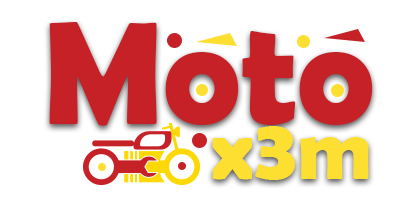Emojis have become an integral part of digital communication, providing users with a fun and expressive way to convey emotions, actions, and ideas. Among the vast array of emojis available, one of the most intriguing is the zombie emoji. Representing the undead, it has gained popularity across various messaging platforms and social media channels. But what is the significance of the zombie emoji, and why has it captured the imagination of so many? This article delves into the origins, cultural significance, and usage of the zombie emoji in modern digital communication.
Origins of the Zombie Emoji
The zombie emoji first appeared as part of Unicode 10.0 in 2017 and was introduced alongside a series of other fantasy and horror-themed emojis. Unicode, the international standard for character encoding, included both male and female zombie representations, allowing users to select their preferred version.
Zombies have long been a staple of horror literature, movies, and folklore, with origins tracing back to Haitian Vodou traditions and later popularized by Western media through films like Night of the Living Dead. The introduction of a zombie emoji was a natural step, reflecting society’s fascination with the undead and horror themes in digital expression.
The Cultural Impact of Zombies in Digital Expression
Zombies are often associated with themes of apocalypse, survival, and horror. Their presence in popular culture has made them symbols of everything from mindless consumerism to fears of societal collapse. The inclusion of the zombie emoji in digital communication taps into these themes, making it a powerful tool for expression.
Social media users often employ the zombie emoji to indicate exhaustion, sluggishness, or even boredom. Others use it in a literal sense, referencing Halloween, horror movies, or anything related to the undead. The emoji has also been embraced by gamers, particularly fans of zombie-themed games like Resident Evil, The Last of Us, and Call of Duty: Zombies.
The Use of the Zombie Emoji in Digital Communication
In everyday texting and online conversations, the zombie emoji is often used humorously. People might send it after a long day at work or when they wake up feeling groggy. It has become a relatable way to express a state of being drained or feeling like a “walking dead” version of oneself.
On platforms like Twitter, Instagram, and TikTok, the zombie emoji frequently appears in memes, reaction posts, and discussions about horror films. Content creators use it as a shorthand for anything eerie, grotesque, or comically exaggerated. Given its association with pop culture and internet humor, the zombie emoji continues to evolve in meaning as different communities adopt and adapt it for their own purposes.

The Evolution of Horror Emojis
The introduction of the zombie emoji is part of a larger trend in Unicode’s expansion to include more fantasy and horror-themed symbols. Alongside the zombie, Unicode 10.0 also introduced other emojis such as the vampire, fairy, and genie. These additions reflect the growing interest in supernatural themes within digital conversations.
While traditional smiley faces and hand gestures dominate emoji use, the demand for niche expressions like zombies shows how people are looking for creative ways to communicate beyond basic emotions. The rise of horror emojis demonstrates the blending of digital culture with entertainment, as users increasingly incorporate references to movies, games, and folklore in their messaging.
Zombie Emoji in Marketing and Branding
Brands and advertisers have also taken advantage of the popularity of the zombie emoji. During Halloween and other spooky-themed events, companies use it in promotional materials, social media campaigns, and product packaging. The visual appeal of the undead figure adds a playful, eerie touch that resonates with horror fans and casual consumers alike.
In the gaming industry, zombie-themed games frequently feature the emoji in social media promotions. Similarly, movie studios promoting horror films often include it in their posts to engage audiences. The simplicity and recognizability of the emoji make it an effective marketing tool.
The Future of the Zombie Emoji
As emoji use continues to grow, it’s likely that the zombie emoji will remain relevant. Future updates to Unicode may introduce variations, such as more expressive zombie faces, different colors, or even animated versions for messaging apps. With the increasing integration of emojis in augmented reality and virtual reality spaces, the zombie emoji might evolve into a 3D or interactive element.
The continued fascination with zombies in popular culture ensures that this emoji will maintain its place in digital communication. As language and symbols constantly evolve, the zombie emoji will adapt alongside trends in internet culture, memes, and entertainment.
Conclusion
The zombie emoji is more than just a playful icon—it is a reflection of our cultural fascination with the undead and horror themes. From representing exhaustion and humor to being a staple in digital horror discussions, the zombie emoji has secured its place in the ever-growing emoji lexicon. As digital communication continues to evolve, so too will the ways in which we use this eerie yet entertaining symbol to express ourselves in the virtual world.

